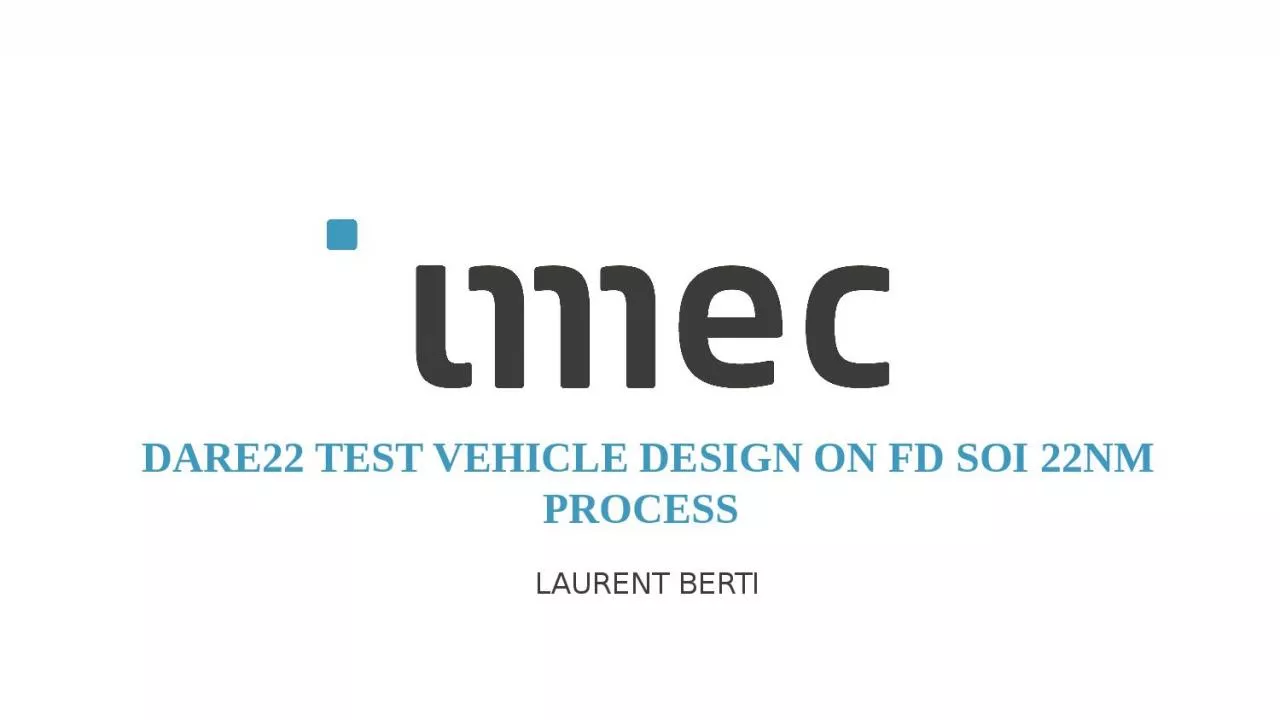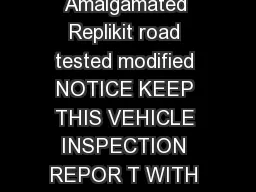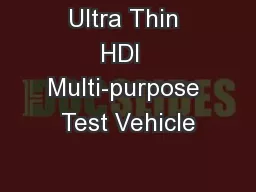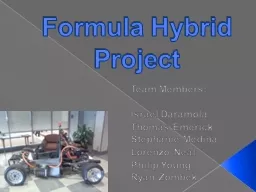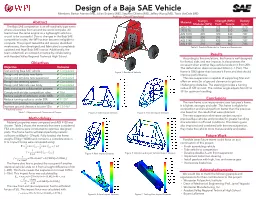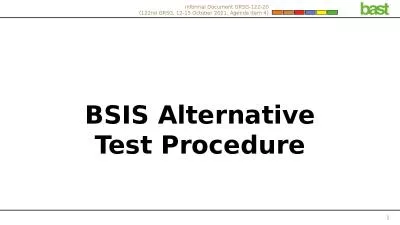PPT-DARE22 Test Vehicle Design
Author : brianna | Published Date : 2023-12-30
on FD SOI 22nm Process Laurent Berti Outline Test structures overview Logic combinatorial Logic sequential Integrated clock gating ICG Ring oscillators Input
Presentation Embed Code
Download Presentation
Download Presentation The PPT/PDF document "DARE22 Test Vehicle Design" is the property of its rightful owner. Permission is granted to download and print the materials on this website for personal, non-commercial use only, and to display it on your personal computer provided you do not modify the materials and that you retain all copyright notices contained in the materials. By downloading content from our website, you accept the terms of this agreement.
DARE22 Test Vehicle Design: Transcript
Download Rules Of Document
"DARE22 Test Vehicle Design"The content belongs to its owner. You may download and print it for personal use, without modification, and keep all copyright notices. By downloading, you agree to these terms.
Related Documents

